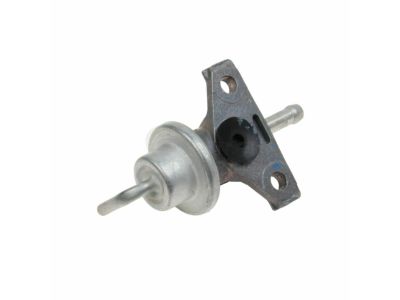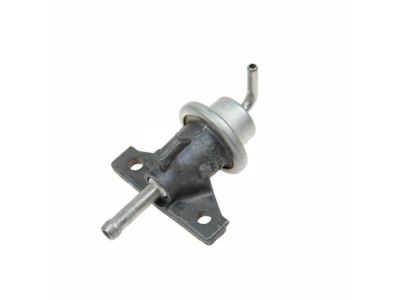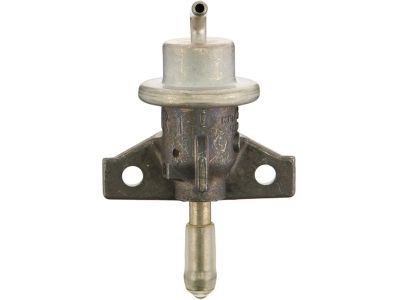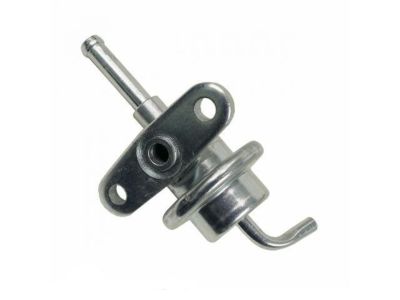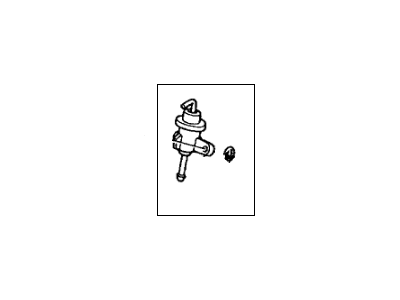×
- Hello
- Login or Register
- Quick Links
- Live Chat
- Track Order
- Parts Availability
- RMA
- Help Center
- Contact Us
- Shop for
- Honda Parts
- Honda Accessories

My Garage
My Account
Cart
Genuine Honda Del Sol Fuel Pressure Regulator
Fuel Tank Pressure Regulator- Select Vehicle by Model
- Select Vehicle by VIN
Select Vehicle by Model
orMake
Model
Year
Select Vehicle by VIN
For the most accurate results, select vehicle by your VIN (Vehicle Identification Number).
4 Fuel Pressure Regulators found

Honda Del Sol Regulator Assembly, Pressure
Part Number: 16740-P2E-A01$90.19 MSRP: $127.38You Save: $37.19 (30%)

Honda Del Sol Fuel Pressure Regulator
In search of affordable OEM Honda Del Sol Fuel Pressure Regulator? Consider browsing through our extensive inventory of genuine Honda Del Sol Fuel Pressure Regulator. Not only do we provide market-leading prices and a manufacturer's warranty, but we also pride ourselves on exceptional customer service and swift delivery.
Honda Del Sol Fuel Pressure Regulator Parts Questions & Experts Answers
- Q: How do you relieve the fuel system pressure and check the fuel pressure regulator on Honda Del Sol?A:Relieve the fuel system pressure and install a fuel pressure gauge, checking for leakage around the gauge connections when the engine is started. Follow the vacuum hose from the fuel pressure regulator to the intake manifold, disconnecting the hose and installing a vacuum gauge to check for vacuum at the fuel pressure regulator vacuum port; ensure vacuum is present when the engine is started, and if not, check for obstructions. Detach the vacuum hose from the fuel pressure regulator and connect a hand-held vacuum pump, starting the engine to read the fuel pressure gauge with and without vacuum applied; the fuel pressure should decrease as vacuum increases. Reconnect the vacuum hose to the regulator and check the fuel pressure at idle, disconnecting the vacuum hose to observe a jump to the maximum specified pressure; if there is no fluctuation, replace the fuel pressure regulator. If the fuel pressure is low, pinch the fuel return line shut and watch the gauge; if the pressure rises sharply, a faulty pressure regulator is indicated, while no rise suggests a defective Fuel Pump or restriction in the fuel feed line. If the indicated fuel pressure is too high, stop the engine, relieve the fuel pressure, disconnect the fuel return line, and check for blockage; if there is none, replace the fuel pressure regulator. To replace, relieve the system fuel pressure, detach the cable from the negative battery terminal, remove the vacuum hose and fuel hose from the pressure regulator, unscrew the mounting bolts, and remove the pressure regulator. Installation is the reverse of removal, ensuring a new O-ring is used and lubricated with a light coat of clean engine oil before installation, followed by checking for fuel leaks after the pressure regulator is installed.
